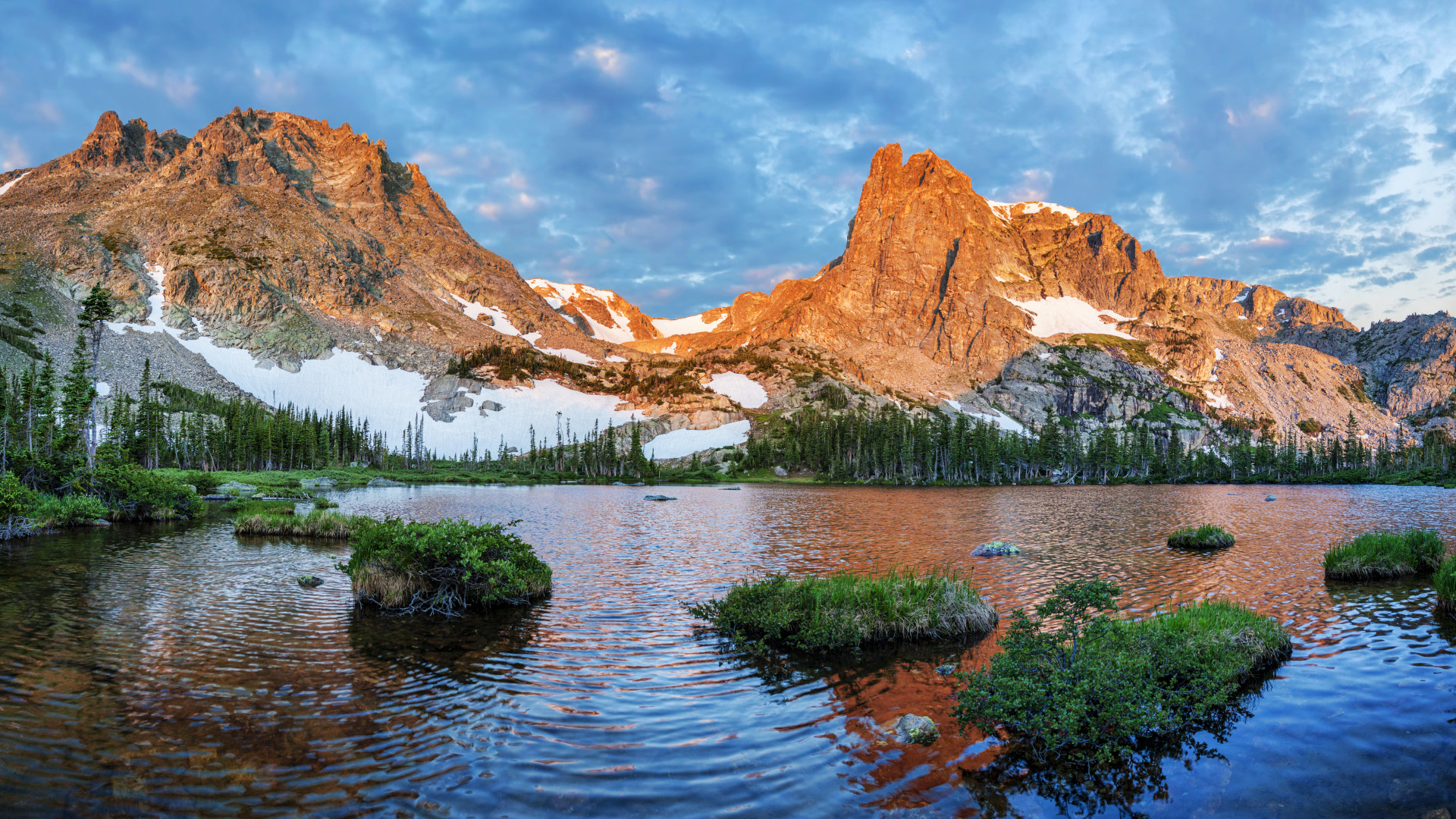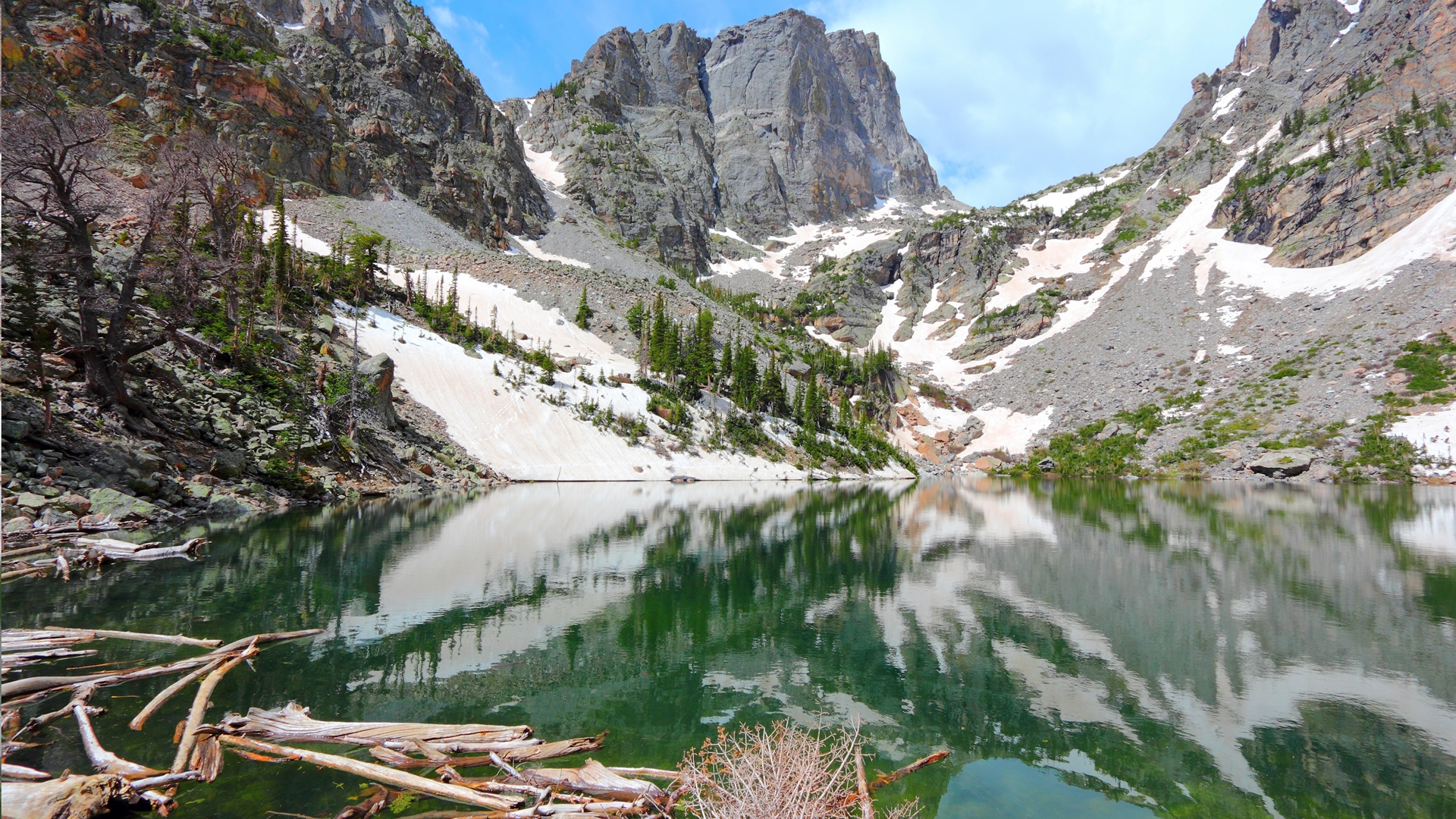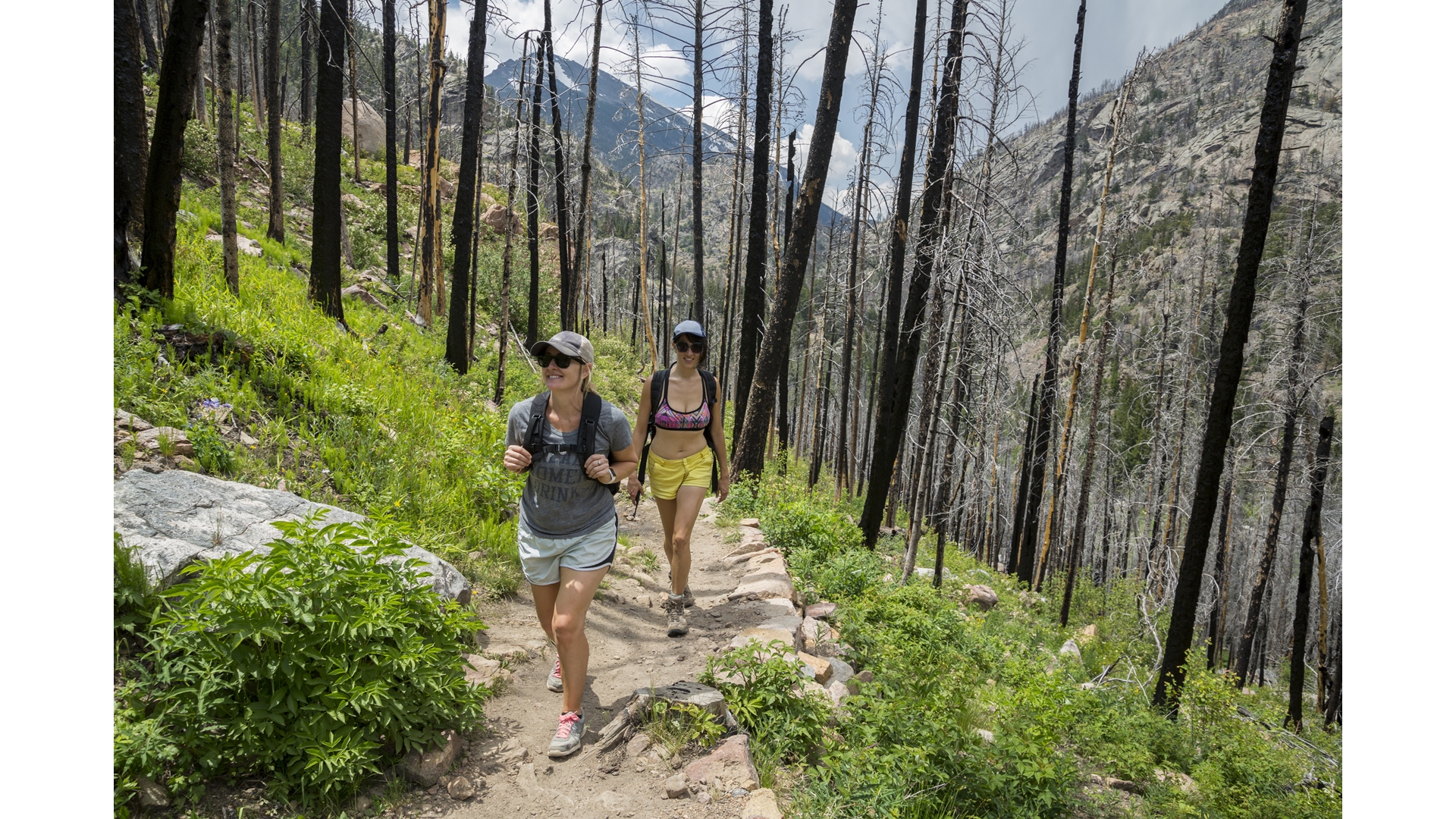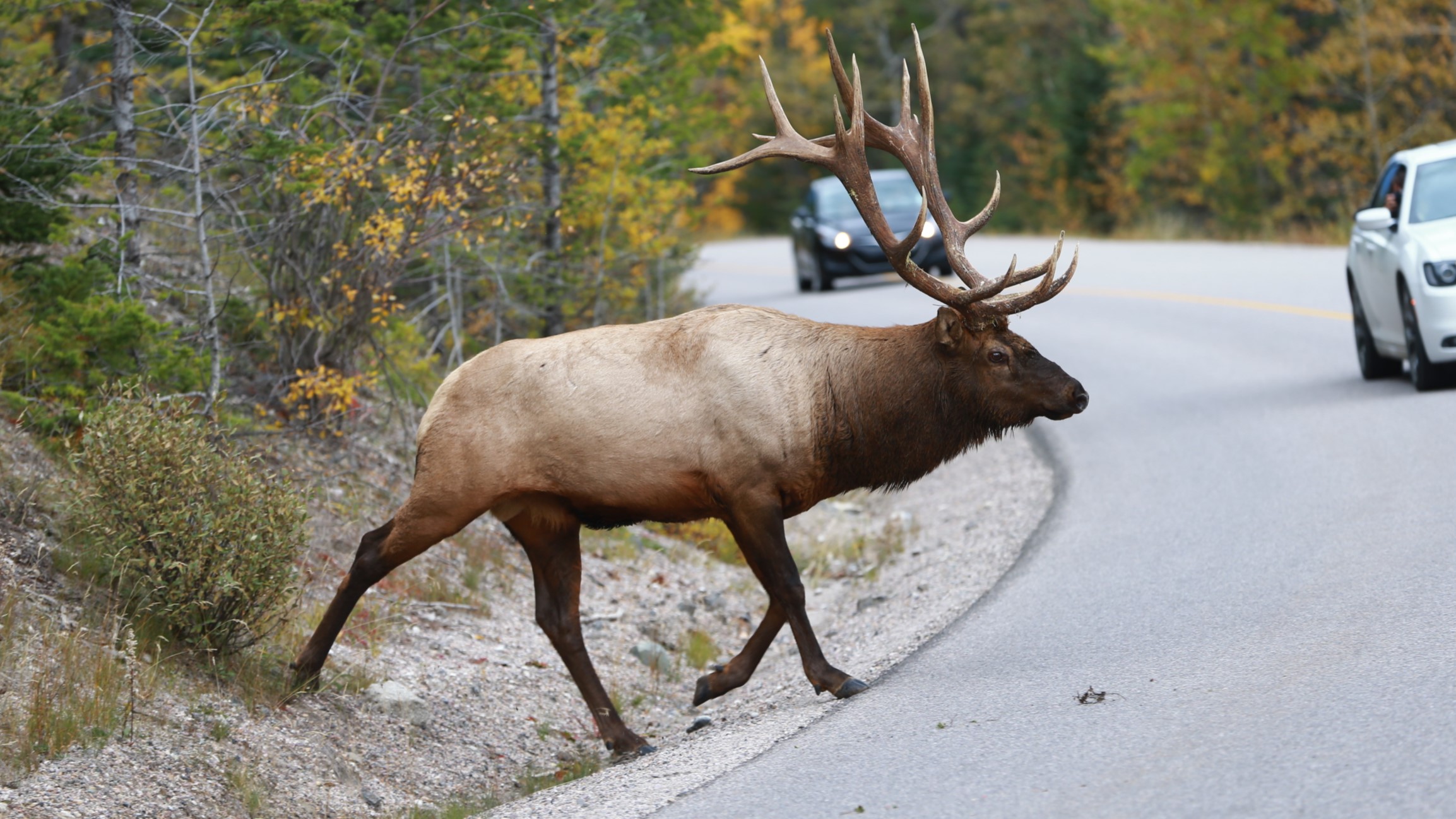8 easy-to-make mistakes that can ruin your visit to Rocky Mountain National Park
From crowding the elk to altitude sickness, we cover the major don’ts of visiting Colorado’s Crown jewel

If landing in Denver incites instant disappointment for anyone expecting to be in the high Rockies and not the high plains, a trip to nearby Rocky Mountain National Park is more than enough to satisfy your dreams of a high alpine adventure.
Colorado’s crown jewel is a truly unforgettable National Park, with over a thousand square kilometers of pristine wilderness for you to explore. The best hikes in Rocky Mountain National Park take you to over 100 peaks, countless alpine lakes and may even include some amazing wildlife viewing, but don’t let the accessibility of this park from major metropolitan areas fool you. Take a wrong turn here and your dream vacation can turn into a disaster.
Read on for eight common mistakes to avoid when visiting Rocky Mountain National Park to ensure you have a trip to remember – for all the right reasons.

1. Hitting snooze
With around four million visitors each year, RMNP is one of the busiest National Parks in the country and if you’re visiting in the summer months, you can expect to sit in traffic for up to an hour just to get into the park. But that's really only if you time things wrong.
The busiest times to enter the park are from 9 a.m. to 2 p.m. and for the summer of 2024, there will be a timed entry permit system to try to control the crowds. If you plan to visit in the summer, make sure you get a reservation, or better yet, plan to arrive before 9 a.m. or after 2 p.m. to beat the crowds. Remember, most National Parks are open 24 hours a day, 365 days a year, so there’s nothing to stop you from rolling up at 6 a.m., grabbing the best parking spot and hitting the trail at sunrise.
2. Expecting room at the inn
Many of the more popular National Parks have a variety of lodging options, from campsites and cabins to motels and hotels, but in RMNP, there are no overnight lodging options except for campsites. If you want to pitch your tent, most campgrounds are open from late May until late September and can be booked six months in advance. If you’re looking for a little more luxury, you’ll need to stay outside the park either in Estes Park or Grand Lake.

3. Not acclimating first
RMNP is one of the highest National Parks in the country but if you’re flying into Denver from sea level, the altitude here just sort of creeps up on you. Though Denver is already a mile above sea level, it’s not quite high enough to give most people altitude sickness. Hop in your rental car and make a beeline for the park, however, and you may not even be aware that you’ve gained a couple of thousand feet as you drive along the highway. By the time you’re driving along Trail Ridge Road, you’re at 11,000 feet and you could start to feel a little woozy.
Advnture Newsletter
All the latest inspiration, tips and guides to help you plan your next Advnture!
Even if you’re not planning on doing any serious elevation gain in your hiking boots during your visit, you can definitely suffer the effects of altitude sickness if you’re not used to it, which can mean dehydration, headaches, dizziness and nausea. Give yourself a couple of days to acclimate in Denver or the foothills to prepare for high altitude hiking, drink plenty of water during your visit, eat well and don’t over exert yourself. If you can’t seem to kick it, sadly the only cure is to go back down to lower elevations.
4. Not preparing for wild extremes
No matter what season you’re visiting, you’re going to need a lot of hiking layers for RMNP. The lowest point in the park lies at 7,630 feet while the highest point is the summit of Longs Peak, a 14er that lies at 14,259 feet above sea level. That means there’s well over a mile in altitude variation within the park boundaries, so while it might be a hot, sunny day at the trailhead, you could end up shivering at the summit even if you’re hiking in summer.
You might think that Colorado is just sunny all summer and snowy all winter, but in fact, the high altitude environment here also means a lot of unpredictability in the weather, with the possibility of afternoon thunderstorms and wild temperature swings in the summer, rain and hail in the spring, early snowfall in the fall and heavy snow in the winter. Both heat-related illness and hypothermia are potential hazards of visiting this park, depending on the season and your location and activities. Always bring a waterproof jacket as well as a wool base layer and an insulating mid layer such as a fleece or down jacket.

5. Forgetting food and extra water
Some National Parks, like Yosemite, have places to eat and drink like restaurants and supermarkets, but the only place in RMNP where you can buy food is at the Trail Ridge Gift Store next to the visitor center. There are plenty of places to eat in Estes Park and Grand Lake, but if you’re spending a full day in the park you’ll want to pack a picnic, and of course be bear aware when it comes to securing your food.
When it comes to water, remember that you’ll be at high altitude even when you’re at the lowest point in the park. The conditions here are extremely arid and dehydrating, so you’ll want to carry several water bottles since there aren’t any restaurants where you can easily fill up. Some of the campgrounds also don’t have any water, so check ahead and come prepared.
6. Not checking road conditions
One of the biggest highlights of visiting RMNP is easily the scenic drive along Trail Ridge Road, which spans 48 miles and crests at over 12,000 feet with eleven miles of travel above treeline. This winding highway takes you across alpine tundra and treats you to stunning views and wildflower sightings. However, it is not open for the entire year.
Due to its high elevation, it becomes impassable in the winter months and is closed. Though exact dates are determined by the weather, it usually closes in October and doesn’t open again until May. This means that you can only enter the park from the east outside of summer and early fall. Winter is a splendid time to visit the park, but if you have your heart set on this attraction, you might want to wait until summer. Furthermore, if you’re visiting in spring or fall, it’s always a good idea to check the road conditions since snow can fall any time of year at this altitude.

7. Getting too close to the elk
RMNP is home to some magnificent wildlife, including black bears, raptors, mountain lions, moose and bighorn sheep. In terms of big mammals, the animals you’re most likely to see are elk, which live in giant herds in the park. Elk rutting season in the fall is a particularly special time to visit, and many thousands of people flock here for the spectacle of bull elk battling it out and bugling to assert their dominance and secure control of their harems.
However, too often do we find ourselves reporting on folk getting entirely too close to elk in this park. We’ve seen thoughtless tourists mobbing bull elk for a photo and even getting their fingers chomped trying to feed them. Elk are not naturally aggressive by any means, but they can weigh over 1,000 lbs and they will defend themselves and their young which doesn’t usually end well for you. Practice good wildlife safety and stand well clear of any elk you come across. Don’t feed the wildlife, and enjoy it from afar, using binoculars.
8. Relying on your cell phone
Like many National Parks, RMNP doesn’t have great cell service at all, so it’s not a good idea to depend on your phone for making plans, navigation or calling for help. Stop off at the visitor center when you arrive to get information and maps, bring a compass, download any GPX maps you plan to use on your phone so you can access them offline, and if you’re heading out into the backcountry, bring a satellite communicator for emergencies.
Julia Clarke is a staff writer for Advnture.com and the author of the book Restorative Yoga for Beginners. She loves to explore mountains on foot, bike, skis and belay and then recover on the the yoga mat. Julia graduated with a degree in journalism in 2004 and spent eight years working as a radio presenter in Kansas City, Vermont, Boston and New York City before discovering the joys of the Rocky Mountains. She then detoured west to Colorado and enjoyed 11 years teaching yoga in Vail before returning to her hometown of Glasgow, Scotland in 2020 to focus on family and writing.

